We’ve all been there - staring at a blank email draft, wondering what compelling subject line will convince recipients to open, read, and act.
What worked last time? Why did it work? Can we even remember? How can we quantify the impact it made?
Skip to:
- Length: Character counts
- Personalization: Dig deeper
- Urgency: Channel authentic value
- Curiosity: Compel clicking
- Killer subject line formulas
- A/B testing: Experiment 1 variable at a time
- Keyword research: Mine the gold
- Performance analytics: Know your numbers
- Preheaders: Layer in context
- Examples: Specific formulas in action
With 306.4 billion emails being sent per day, and inboxes bursting with unread messages, the email which seems so important to you risks getting lost, as recipients make split-second decisions on which emails seem important enough to merit attention.
Data shows just how brief that window is.
According to a study by Convince & Convert, 47% of email recipients make the decision on whether or not to open an email based solely on a review of the subject line.
So, how do you master this make-or-break skill so you can cut through the noise?
While creativity and copywriting matter, data is the indispensable ingredient for subject line success. Numbers don’t lie – they reveal what resonates with the real people you want to reach.
This guide explores battle-tested frameworks, optimization tactics, and metrics-driven best practices you can adopt to produce data-powered subject lines compelling action. If you don’t, someone else will!
Key Elements and Formulas for Compelling Subject Lines
-
Length: Character counts
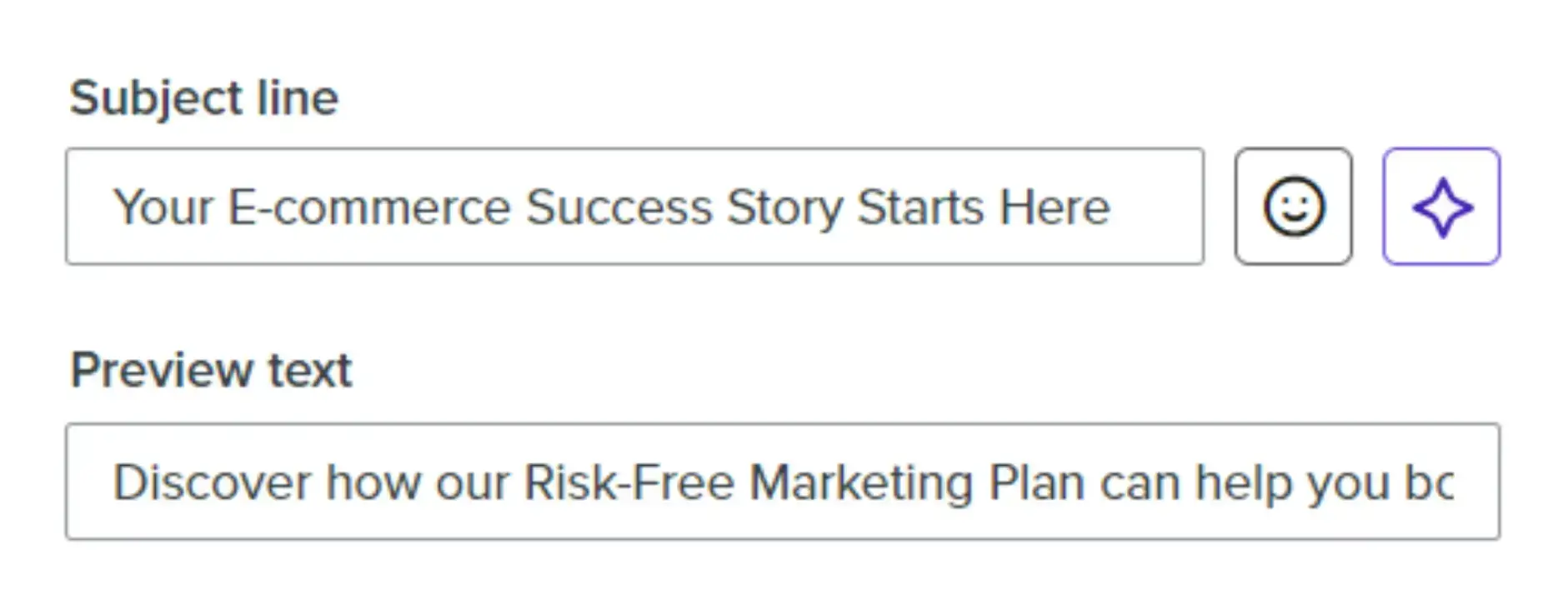
Keep the subject length of emails to be read on desktops under 60 characters.
For those reading on mobiles, the character count should be even shorter - 30 to 40 at most - as inbox real estate shrinks on mobile devices.
You should use character counter tools while drafting to preview the truncation that occurs across devices. Put your critical keywords upfront, as secondary descriptors may get cut off.
-
Personalization: Dig deeper
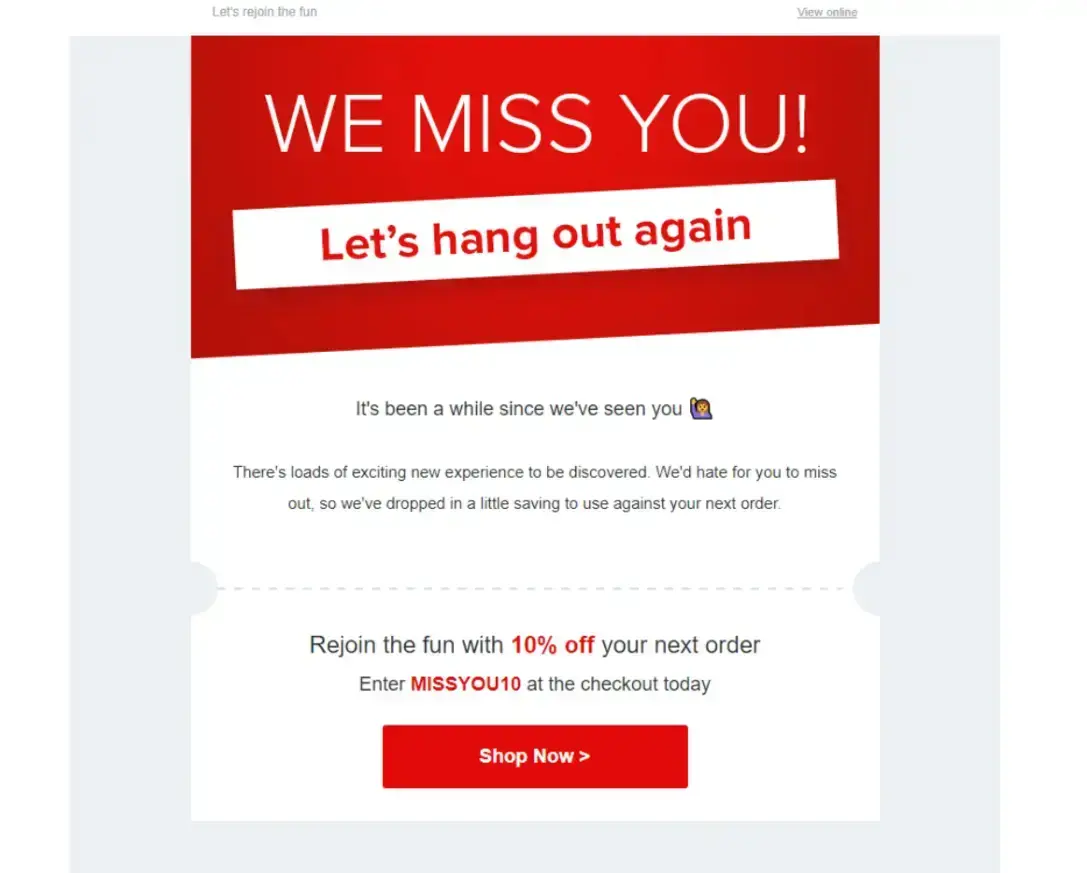
Personalizing beyond first names alone achieves a 26% higher open rate, according to research conducted by Experian.
Such personalization elements include the following:
Purchase History:

-
- Mention a specific product recently purchased, e.g. "5 Ways to Style Your New Leather Jacket"
- Reference a previous amount spent, e.g. "Amy, Here's a $50 Credit For Your Recent $200 Order"
Page Visit Activity:
-
- Describe content on pages visited, e.g. “You Visited Our Cake Recipes - Try These Pie Ideas Too”
- Relate content visited to language used, e.g. “Keep Exploring Off-Roading Gear Models”
Firmographic Data Points:

-
- Industry/vertical, e.g. “Retailers - Discover Our Latest POS Integrations”
- Company size or names. e.g. “Acme Goods - Solutions for Enterprise Brands”
Event Attendance:
-
- Webinar or blog post topics attended/read, e.g. “Slide Decks to Enhance Your Social Media Webinar Learning”
- Conferences of interest, e.g. “Recap of This Week's Engagement Summit and Ideas Going Forward”
These specific illustrations of how various data signals can lead to personalized, contextually relevant subject lines can spark more ideas to implement in an email program.
But don’t lose sight of the main goal - when you’ve got them by the subject line, their hearts and minds will follow.
-
Urgency: Channel authentic value
Tempting tactics like offering broad flash sales risk coming across as manipulative acts without any real substance for the target user.
Genuine exclusive offers, worthy of one-time action, will garner the attention you need.
Consider scarcity framing like:
“Last chance for 20% off this workshop”
“Limited release – First come, first served”
This approach combines a relevant offer with personalization, as if the reader has somehow qualified for this benefit through their personal merits.
This will obviously increase their interest in the offer.
-
Curiosity: Compel clicking
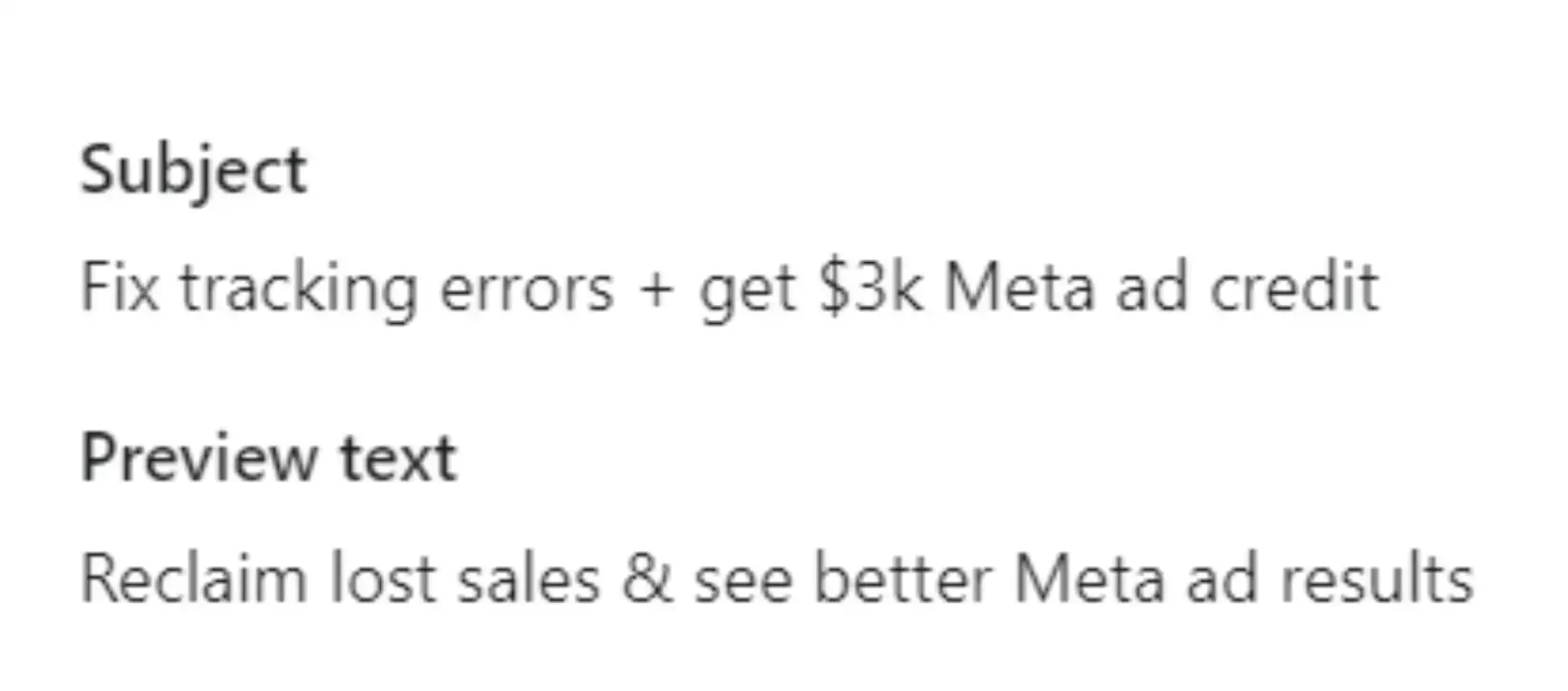
Evoke intrigue by asking questions, hinting at solutions, or revealing a fascinating discovery. Opportunities here include:
“3 Trends Top Marketers Will Leverage in 2024”
“What’s The Secret Sauce in This Client’s 220% Growth?"
“Are My Emails Going to Spam?” (Check This)
Refine your technique here by testing different antagonists and story angles aligned to audience obstacles. When it works, run with it.
-
Killer subject line formulas
Apply templates proven to pay off in gaining attention and producing response rates. These include:
The Question Formula
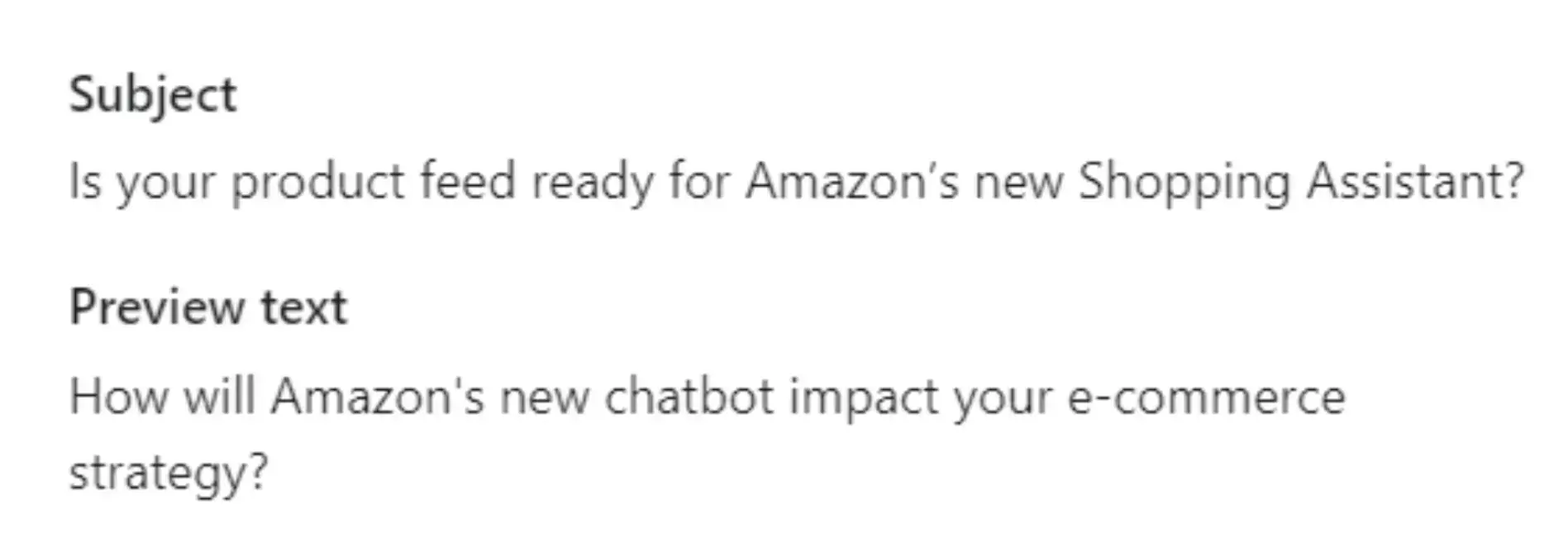
Compelling questions prompt target readers to seek resolutions regarding goals or pain points.
“Where Are My Email Deliverability Reports?”
“What’s Stopping You From Achieving 5x Growth?”
“Have You Outgrown Your Current CRM Yet?”
The “How To” Formula
Flagging shortcut guides to the recipients’ desired outcomes generates opens through promising value.
“How to Write Catchy Subject Lines in 10 Minutes”
“How I Generated 5000 Leads For Under $100”
“Land 10+ Repeatable Clients Monthly”
The Social Proof Formula
Implying that peers or prominent brands already enjoy your offering instills the fear of missing out and thus persuades your recipients to join the club for their own benefit.
“Join 100+ Growing Brands Gaining an Edge with Klaviyo”
“800+ Developers Use This Framework Daily”
“Join 25,000+ Product Teams Relying on This Tool”
Data-Driven Tactics for Optimizing Subject Lines
-
A/B testing: Experiment 1 variable at a time
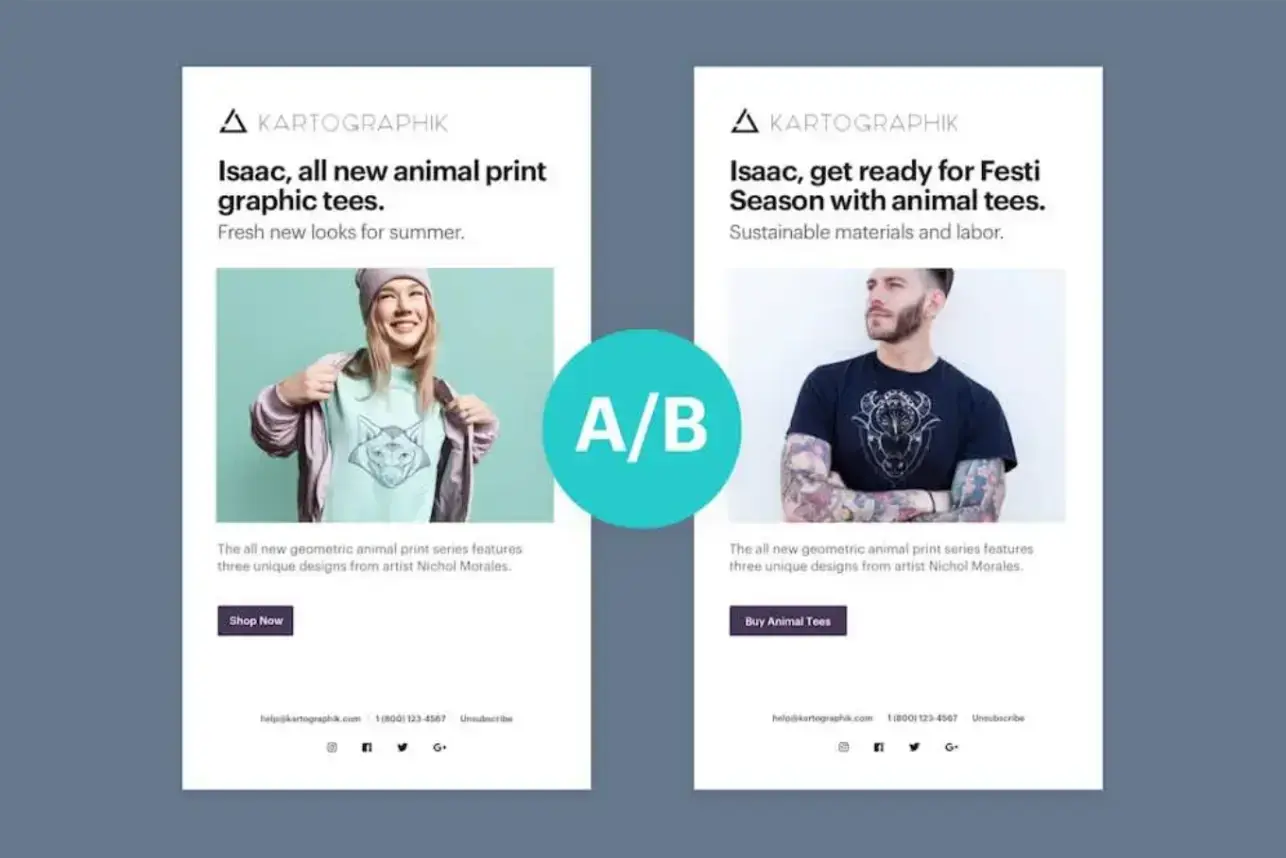
Small subject line tweaks can have an outsized impact. Isolate elements like:
- Personalization On vs. Off
- Number of Characters: 20 vs. 50
- Question vs. Statement
By tracking open and click-through rates meticulously you can identify which variant converts best with particular audiences, thus enabling you to develop custom templates for different campaign layers.
-
Keyword research: Mine the gold
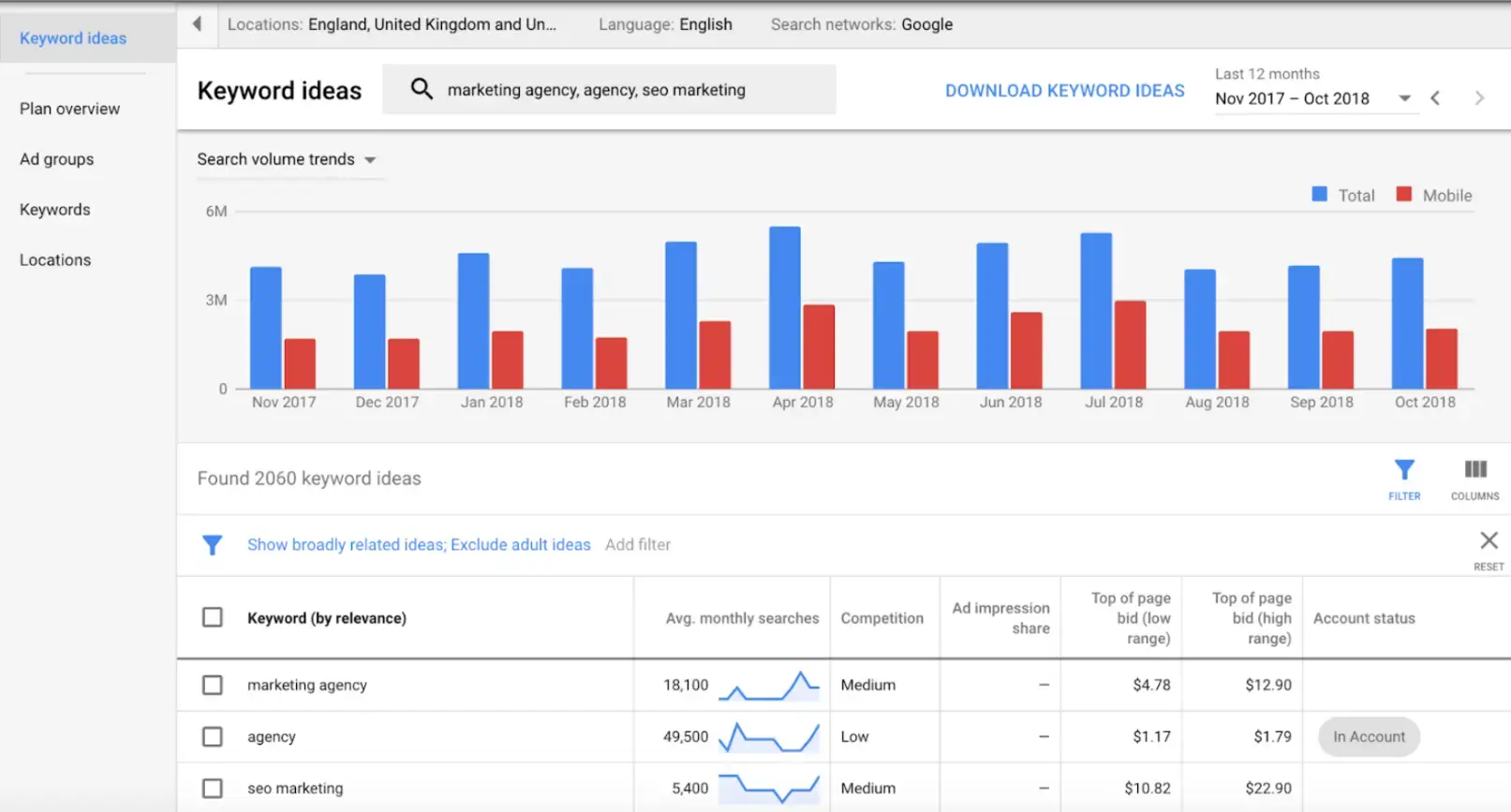
Both free (Google Keyword Planner, Soovle, UberSuggest, Backlinko's keyword tool) and paid (SEMRush, Ahrefs) keyword tools uncover search volume data and missed semantic connections between the successful displays.
Utilizing this will help you integrate resonant terminology in your subject lines geared to audience priorities.
-
Performance analytics: Know your numbers

Assess past campaign success beyond open rates alone, factoring in:
- Clickthrough rates
- Time spent on email
- Conversions attributed
Decode which precise subject line ingredients contributed most to downstream sales funnel victories, given the contexts of audience, time, social and media relevance, and competition.
-
Preheaders: Layer in context
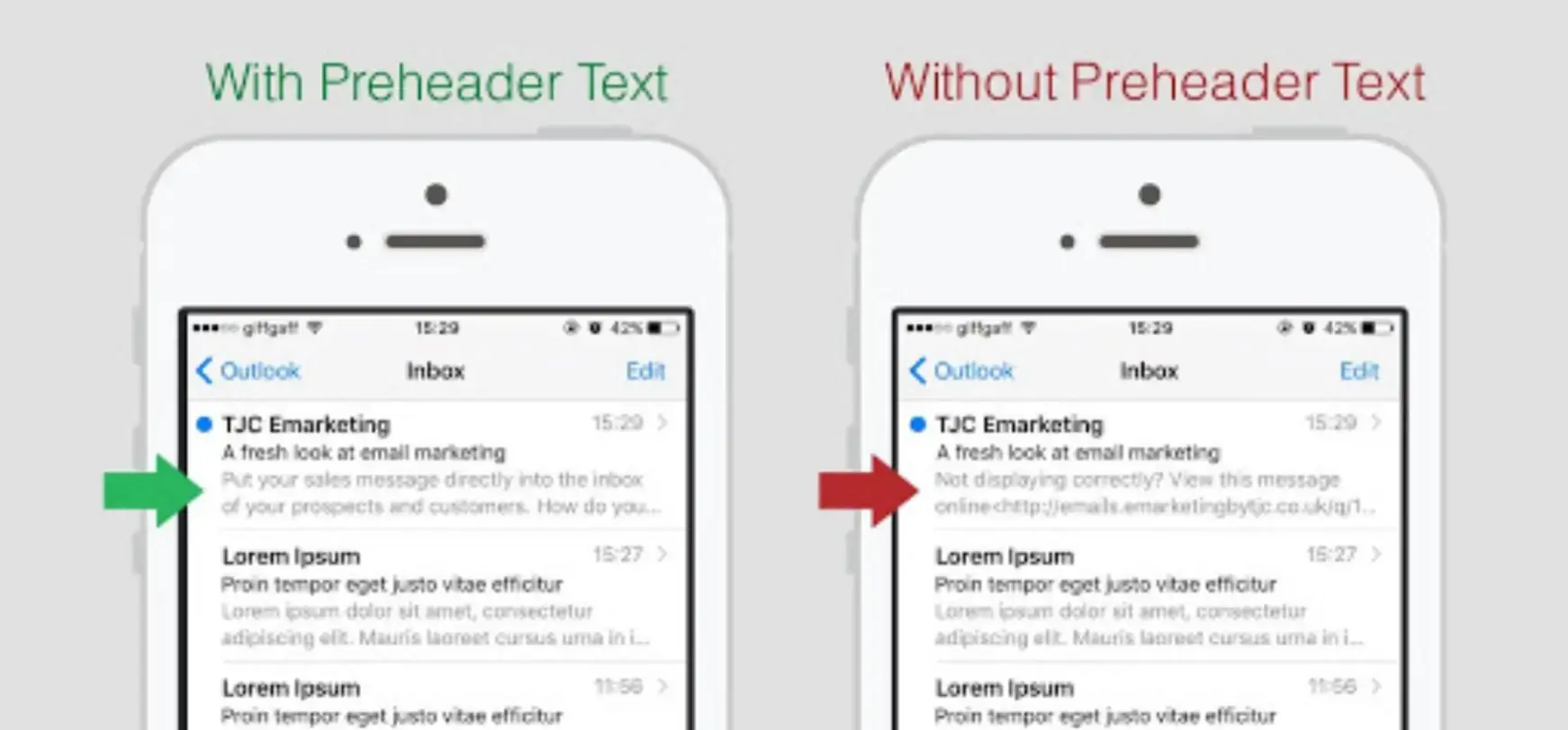
Preheaders act as a secondary subject, providing supplementary tips on content below the surface at the point where the main headline leaves off.
Having gained attention with the subject line, attention can be pinpointed in the most relevant way with the second part of these one-two combinations.
Preheaders buy more real estate to demonstrate relevance at a glance and then compel action.
They should be aligned to action if the main context expresses personal relevance or vice versa.
Examples and Best Practices
-
Examples: Specific formulas in action
Here are illustrations applying the frameworks cited:
Question Formula Example Email
“Will This Free Toolkit Boost Lead Conversion?”
“Is Your Buy Button Costing You Customers?”
How To Formula Example Email
“How I Gained 220+ Email Contacts Per Week”
“How to Captivate Donors and Increase Nonprofit Fundraising”
Social Proof Formula Example
“Join 500+ CEOs Reading This Investor Report”
“Used by 100+ Seven Figure Agencies To Manage Projects”
More Content Highlights
Tone and Brand Voice
- Write subject lines using the same tone, language, and formatting inherent to the sender’s brand identity for seamless extension from inbox to opened email.
- Avoid disparate shifts in tone, such as putting excessive exclamation marks in the subject line and then adopting a friendly conversational style in the content.
An example here is the outdoor retailer REI, which is known for using experiential language-consistent subject lines evoking adventure.
Overused Phrases to Avoid
Because they've become expected and easily overlooked, exclude:
- New post/article/blog
- My latest post
- Hope you’re well
- Read this
- Don’t miss
- For your information
Also, omit definite spam triggers like:
- Free gift
- Act now
- Limited time
- $$$
Balance Testing and Consistency
While continual subject line testing will reveal which ongoing refinements are necessary for ideal response, some consistency month-to-month reinforces:
- Branding recognition
- Identification of recurring email types (newsletters, cart abandonment reminders)
- Trust through familiarity for more established names
Use minor tested variations on a consistent core template vs. wildly divergent subjects, as recipients who have gained an impression of you will be disengaged by anything outside their expectations.
Conclusion
As has often been demonstrated, data-powered approaches drive major progress by optimizing response rates from email subject lines.
By leveraging the correct tools and approaches, recipients can be energized to open, click, and ultimately convert.
Treat inbox placement as a visual ad auction.
There is fierce competition out there amongst people you can’t control, who are all vying for the same prize: recipient attention for long enough to spark action.
Focus on open rate lift as the first step toward greater engagement and ROI.
Arm yourself with granular performance analytics, savvy testing protocols, and compelling frameworks - then refine relentlessly.
Adopting a subject line-first mindset is the key to email prosperity.
You may be interested in the substance of the email, where you have a greater opportunity to express yourself, but no one else will be without the killer headline, which demonstrates why the email is relevant to the recipient and why acting on it is more important than reading it.
Let data pave the path to cut through clutter and compel opens at a glance.
The work has been done; all you have to do is capture it and direct it to your needs.

